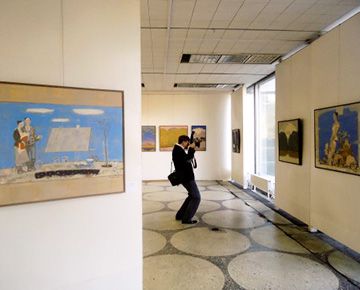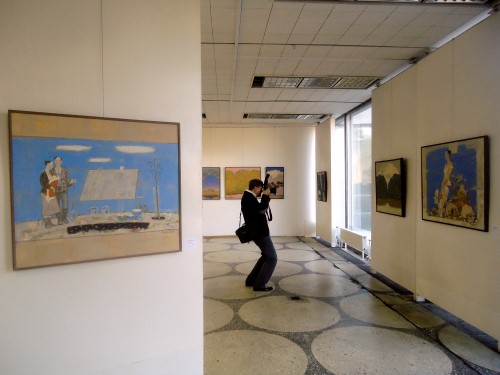
At personal exhibition of painter Vladimir Kozhukh at Minsk’s Palace of Arts
Mr. Kozhukh’s narrative pictures and landscapes, and female portraits dominate his creativity. As he explains, “Nature and feminine energy are inextricably connected; my pictures tend to be connected with female labour or are devoted to mythological images. Each artist aspires towards unreachable goals and who wouldn’t want their work to be compared to da Vinci’s Giaconda (Mona Lisa). However, I feel sure that my best work lies ahead. I haven’t created my ‘Giaconda’ yet.”
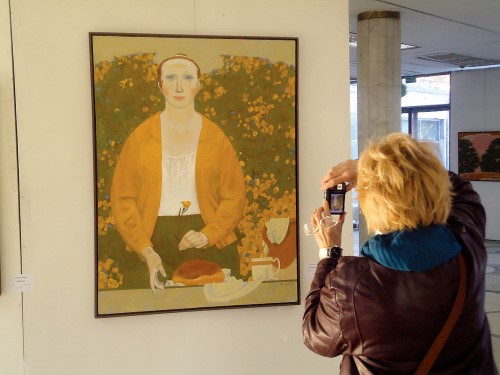
Mr. Kozhukh has been awarded the President’s ‘For Spiritual Revival’ Special Prize, bestowed upon figures of culture and arts. However, he remains modest, commenting, “It’s very difficult to assess a canvas’ artistic value, since everyone has their own criteria. For me, there must be a professional approach; others sometimes focus on a picturesque or conceptual solution.”
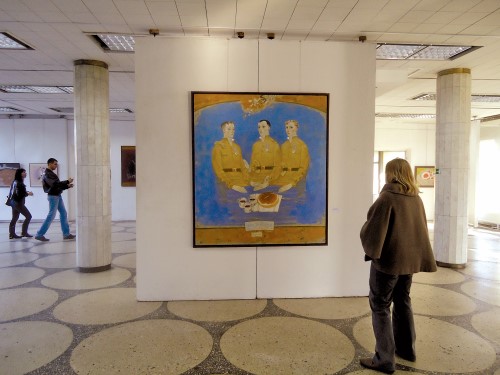
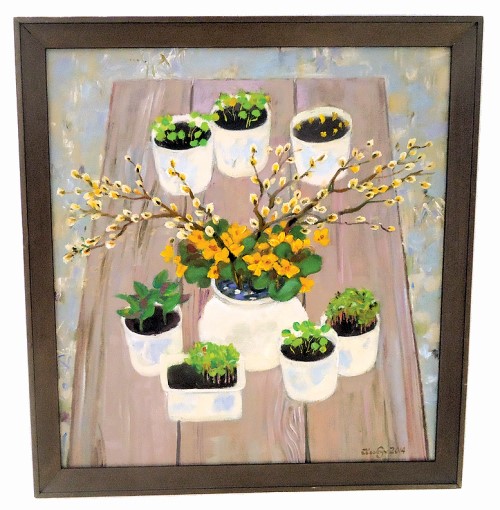
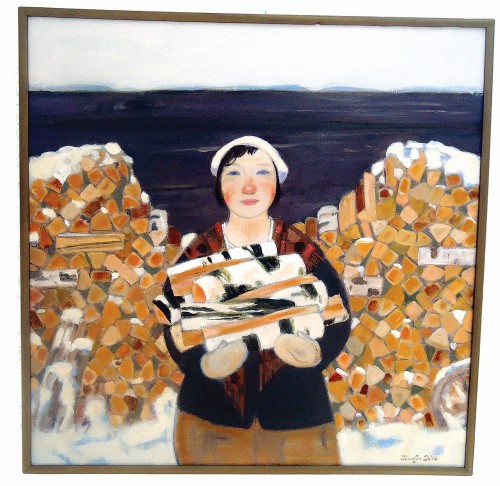
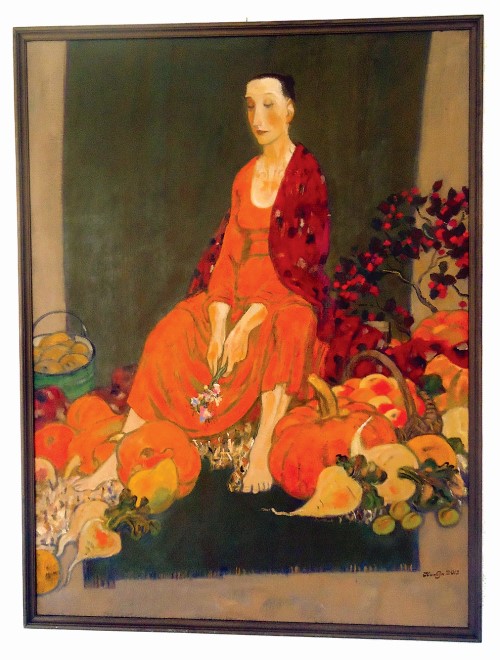
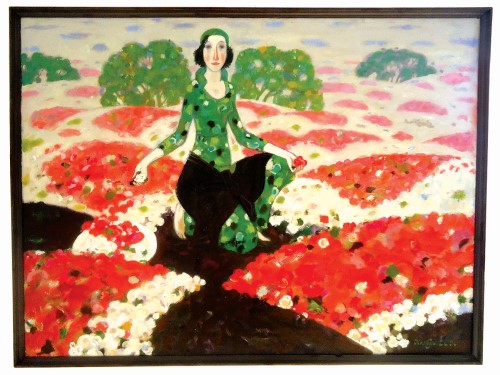
A pupil of People’s Artists Mai Dantsig and Mikhail Savitsky, Mr, Kozhukh once adhered strictly to principles of realism in painting, until he saw first hand the effects of the Chernobyl disaster.
 “A year after the accident, I went to the exclusion zone with a group of painters, being told that it wasn’t dangerous there. Concerts were organised across affected territories, to raise people’s spirits, with actors and musicians performing. We spent three weeks there and even visited the nuclear power station site. We changed our clothes for military uniform and felt like partisans! Thank God, none of our group suffered fatal consequences from that trip. The town of Pripyat and the abandoned villages made an especially depressing impression. I remember drawing the portraits of militiamen at roadblocks and, once, a very old woman approached, asking to return to her home. They told her that they couldn’t let her in. I remember well, seeing her standing near the barrier, looking sorrowfully into the distance. It inspired me to create a work entitled Nostalgia. We made sketches during the trip, which we turned into paintings on our return to Minsk. I didn’t want to create a documentary approach, since there were plenty of photos already. Our works were then displayed at an exhibition in the Belarusian capital. The Chernobyl topic was being discussed by the UN at the time, so we were asked to display our work at the UN headquarters,” he recollects.
“A year after the accident, I went to the exclusion zone with a group of painters, being told that it wasn’t dangerous there. Concerts were organised across affected territories, to raise people’s spirits, with actors and musicians performing. We spent three weeks there and even visited the nuclear power station site. We changed our clothes for military uniform and felt like partisans! Thank God, none of our group suffered fatal consequences from that trip. The town of Pripyat and the abandoned villages made an especially depressing impression. I remember drawing the portraits of militiamen at roadblocks and, once, a very old woman approached, asking to return to her home. They told her that they couldn’t let her in. I remember well, seeing her standing near the barrier, looking sorrowfully into the distance. It inspired me to create a work entitled Nostalgia. We made sketches during the trip, which we turned into paintings on our return to Minsk. I didn’t want to create a documentary approach, since there were plenty of photos already. Our works were then displayed at an exhibition in the Belarusian capital. The Chernobyl topic was being discussed by the UN at the time, so we were asked to display our work at the UN headquarters,” he recollects.
In the 1990s, in the age of publicity, when painters were keen to address topical subjects, Mr. Kozhukh turned to romance. Since then, he has been creating landscapes and still-life paintings. Last year, he made a series of pieces dedicated to Christian festivals, and continues to create his gallery of muses.
By Victor Mikhailov









